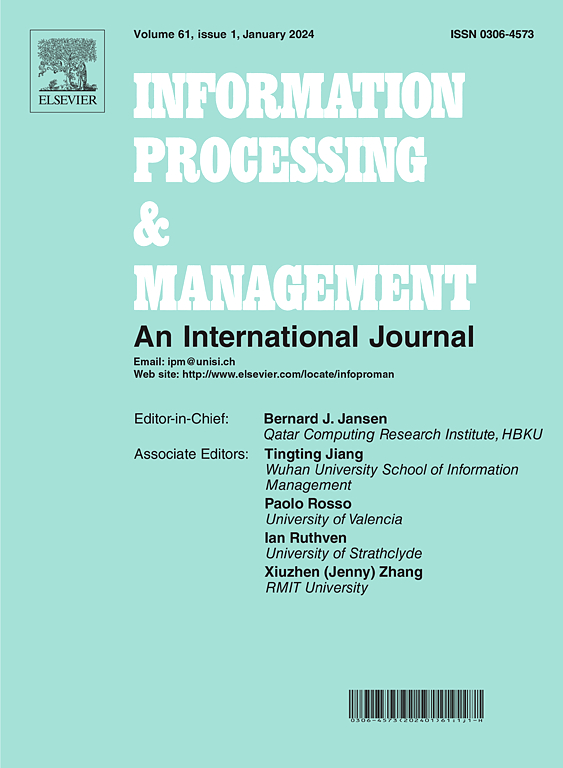Pure profit-oriented continuous influence maximization considering cost budget: A gradient descent-based approach
IF 7.4
1区 管理学
Q1 COMPUTER SCIENCE, INFORMATION SYSTEMS
引用次数: 0
Abstract
Continuous influence maximization (CIM) has been commonly applied in online viral marketing. To maximize the sales revenue, CIM assigns each user a continuous weight reflecting the likelihood and cost for him becoming a seed. Most of the existing studies on CIM aim to maximize the revenue from the sale of products, but do not pay attention to its net profit, which is the revenue minus the cost of promotion. However, in real-world marketing, the fundamental goal of business is to maximize net profit, rather than simply maximizing sales revenue. Moreover, traditional CIM assumes a budget to limit the total cost of all users. This assumption does not tenable in practical applications. In practice, it is not necessary to incur costs for all the users. Instead, the budget should be set only for the cost associated with the seed set. In this paper, an extended CIM problem of budget-constrained cost distribution for profit maximization (BCDPM) is defined. BCDPM aims to maximize the expected net profit by assigning different costs to the customers according to their ability to spread influence of the product, ensuring that the cost of each potential seed set does not exceed the budget. We prove the NP-hardness of BCDPM and the non-monotonicity and non-modularity of its objective function. By formulating the BCDPM problem into a constrained optimization, we present a gradient descent-based algorithm to determine the optimal cost distribution for this problem. An algorithm is presented to compute the gradient for maximizing the increment of profit in each iteration of the gradient descent. To avoid the time-consuming simulations, we design an effective algorithm to get the largest profit increment of each seed set. Experiment results on real and synthetic networks show that the proposed algorithm can obtain much larger expected net profit than other algorithms.
求助全文
约1分钟内获得全文
求助全文
来源期刊

Information Processing & Management
工程技术-计算机:信息系统
CiteScore
17.00
自引率
11.60%
发文量
276
审稿时长
39 days
期刊介绍:
Information Processing and Management is dedicated to publishing cutting-edge original research at the convergence of computing and information science. Our scope encompasses theory, methods, and applications across various domains, including advertising, business, health, information science, information technology marketing, and social computing.
We aim to cater to the interests of both primary researchers and practitioners by offering an effective platform for the timely dissemination of advanced and topical issues in this interdisciplinary field. The journal places particular emphasis on original research articles, research survey articles, research method articles, and articles addressing critical applications of research. Join us in advancing knowledge and innovation at the intersection of computing and information science.
 求助内容:
求助内容: 应助结果提醒方式:
应助结果提醒方式:


